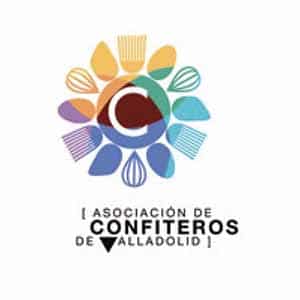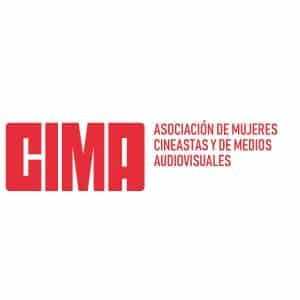Moving your Films Beyond their Boundaries of Origin’ and ‘Major Auteur Film Production Companies’, central themes of the morning and afternoon sessions
Double Sunday session for the meetings of the European Film Academy (EFA) at the Valladolid International Film Festival, which among the programmed events has held two round tables, both in the Patio Herreriano Museum, in the morning and afternoon.
In the first of these, and under the guidance of Seminci director José Luis Cienfuegos, producers Mira Staleva, Antonio Saura and Mike Downey, president of the European institution, participated. In most cases, production is not the only role that the guests play in the world of filmmaking, which has turned the session into an enriching summary of what is happening, especially in the markets, at the international level.
How to move a film beyond its borders
Under the title Moving your Films Beyond their Boundaries of Origin, the members of the table have drawn an excellent portrait of the historical moment that cinema is going through and that, in terms of distribution, keeps changing at great speed, as Saura explained. The son of Carlos Saura is, according to Cienfuegos, one of the people who most helps the visibility and circulation of Spanish cinema through his professional activity, although his work must be developed in an environment of overabundance of productions.
“Funding has contributed to a new generation of filmmakers including a whole wave of wonderful women, but there is an excess of product relative to demand and that is an unquestionable reality,” she said. In that context, the solution is to make relationships. “This is a business of people trusting people.” And that translates for filmmakers, according to Mira Staleva, into an agenda that includes going to festivals, meeting promoters, distributors and sales agents, writing emails and, in short, making relationships.
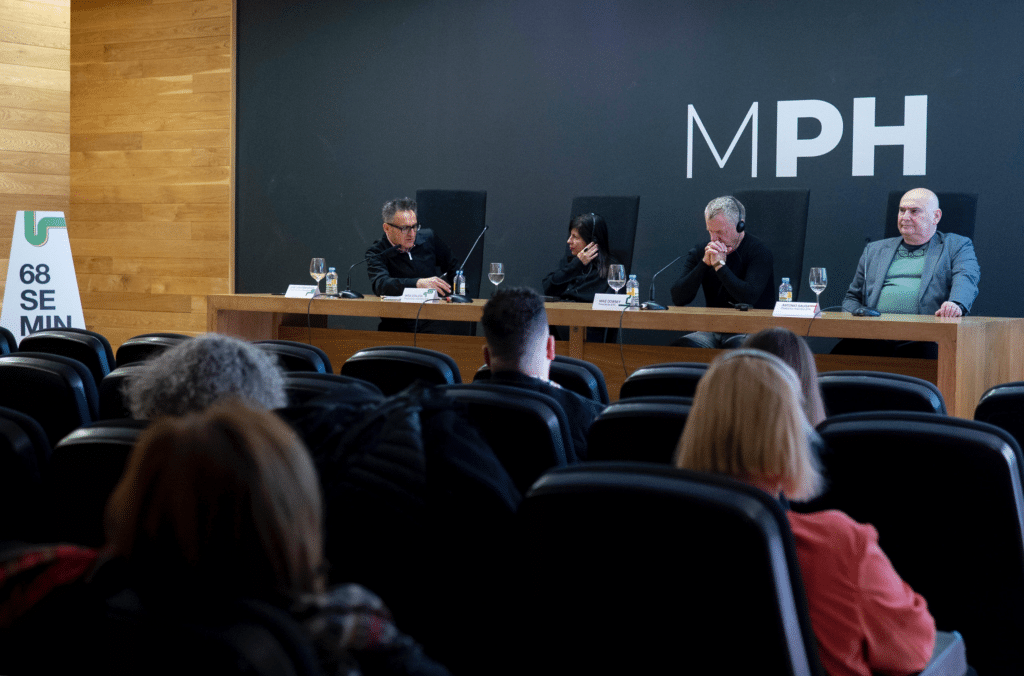
The multifaceted businesswoman, who combines distribution with production and executive management of the Sofia International Film Festival and the Sofia Meetings co-production market, regretted that many of the films that do premiere at festivals do not make it to commercial theaters.
According to Mike Downy, “the absolute reference person in European cinema” in Cienfuegos’ words, around 2000 films are made every year. And there is a duty to express through cinema the cultural diversity of the different corners of the continent, but quantity should not be at odds with the quality of the films.
Before COVID / after COVID
That the coronavirus pandemic marked a before and after in the world of cinema is a constant in any meeting between members of the industry. The platforms, after doing their commendable job of replacing the big screen, do not seem willing to let go of the viewers, who do not end up returning to the theaters.
Against this backdrop, Downy has advocated for taking care of the health of distribution and striving for a better balance with production. “The end of production is its screening in theaters. Money always follows production: if the idea is good, there will be financing.”
Saura alluded to “the platforming of taste” as one of the current dangers: making films that correspond to what the algorithms have detected as the majority taste. But, almost at the other extreme, something similar can happen with festivals. “What is the key to freeing ourselves from the label ‘festival film’?”, Cienfuegos pitched. “Maybe we should redo that label. But first there has to be a good story and then distributors have to make the leap for films to travel outside the borders,” said Staleva.
The changing world of distribution finds its perfect parallel in another area equally shaken by the digital revolution: the media. This would be the great third leg, along with distribution and production, in the path between the filmmaker and the spectator. Saura, in this case, has offered the key: “Internet has democratized information, but has dispersed the impact of the news”.
Major auteur film production companies
The afternoon session featured two women, both producers, Ada Solomon and Andrea Queralt, moderated by Carolina Martínez. And the question fell under its own weight: what do women producers look for when supporting an idea?

In one way or another, both guests agree on the author’s motivation. “The first consideration when I receive a proposal is the why. The reason, the message of the work. It seems to me much more important than the story itself, because in the end the story depends on how it is told,” said Solomon. “I think that a thought, a little bit of awareness that arises in people who have seen a film, can contribute to improve something, like the lives of those people. And I have a duty there, as a producer. It’s my contribution.

Andrea Queralt has emphasized the distinction between filmmaker and filmmaker. For her, they are not synonyms: “There are many filmmakers. Filmmakers, not so many. Filmmakers consider the need to make a film… What is that need, beyond wanting to go to festivals, etc.? For me, filmmakers are not just people; they are much more; they are like walking haunted houses.” In those cases, the producer’s work becomes a way “to participate in the intimate creative process of these authors”.
In one way or another, and depending on the characteristics of the project, the producer can be one more part of the film team, as Andrea Queralt pointed out, or “the back of the director’s chair,” in the words of Ada Solomon. The producer (Romanian by nationality, European by activity), explained that the nature of her work is more supportive: “My creativity is more to support the filmmaker’s vision, not to model it. If you do that, especially with beginners, you can destroy such fragile material as their creative process”.
International co-productions
The issue is complicated in the case of international co-productions because, as they have assured, what may work in one country may not work in another. Moreover, the work is not restricted to the economic issue. According to Queralt, “the journey of a co-production is not only physical, but also mental“.
The Spaniard acknowledged that when a film is made as an international co-production it also has a cross-border ambition in terms of distribution, while for the Romanian it is also a question of numbers: “In a country as small as Romania it is practically impossible to find financing to cover production costs without leaving the borders”.
Regarding the subsequent distribution possibilities, both speakers agreed with their colleagues in the morning: “Any way to bring visibility to a project is welcome”.

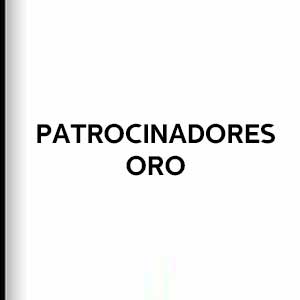



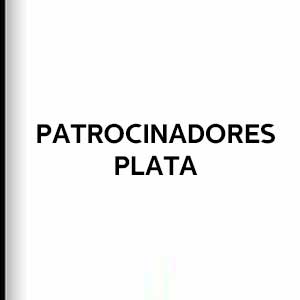



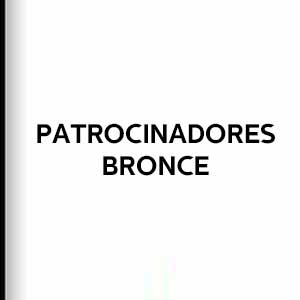

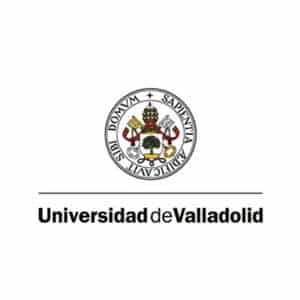







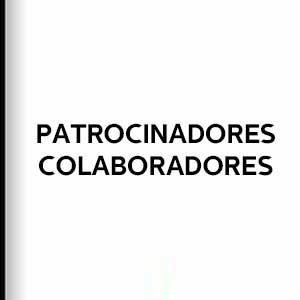

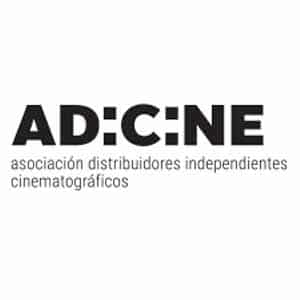
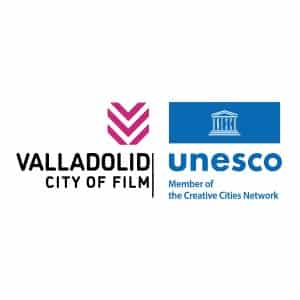
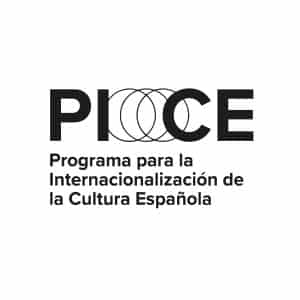


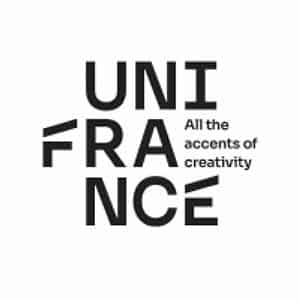
![Logo Foro Cultural de Austria Madrid[1]](https://www.seminci.com/wp-content/uploads/2024/09/Logo-Foro-Cultural-de-Austria-Madrid1-300x76.jpg)




